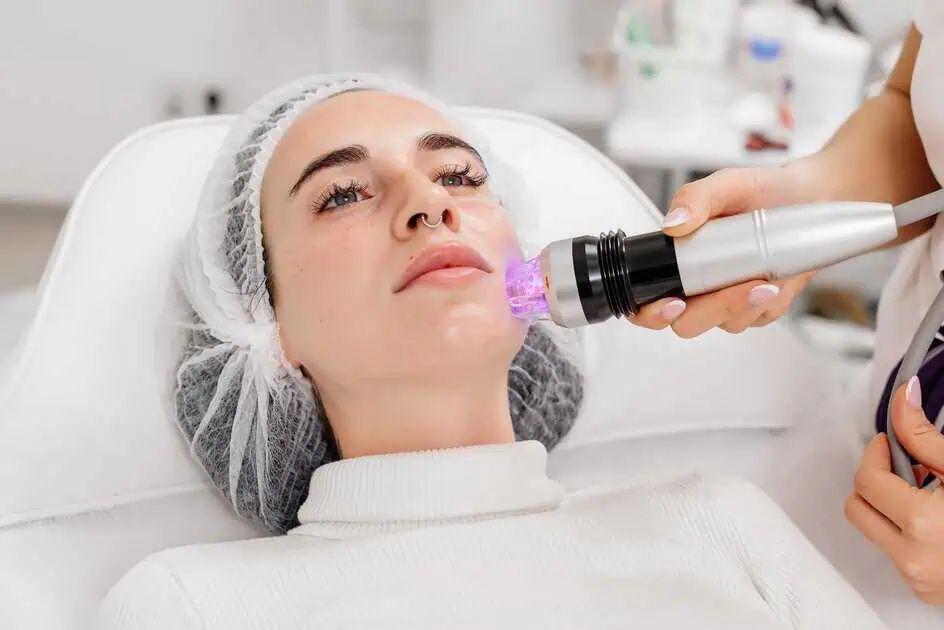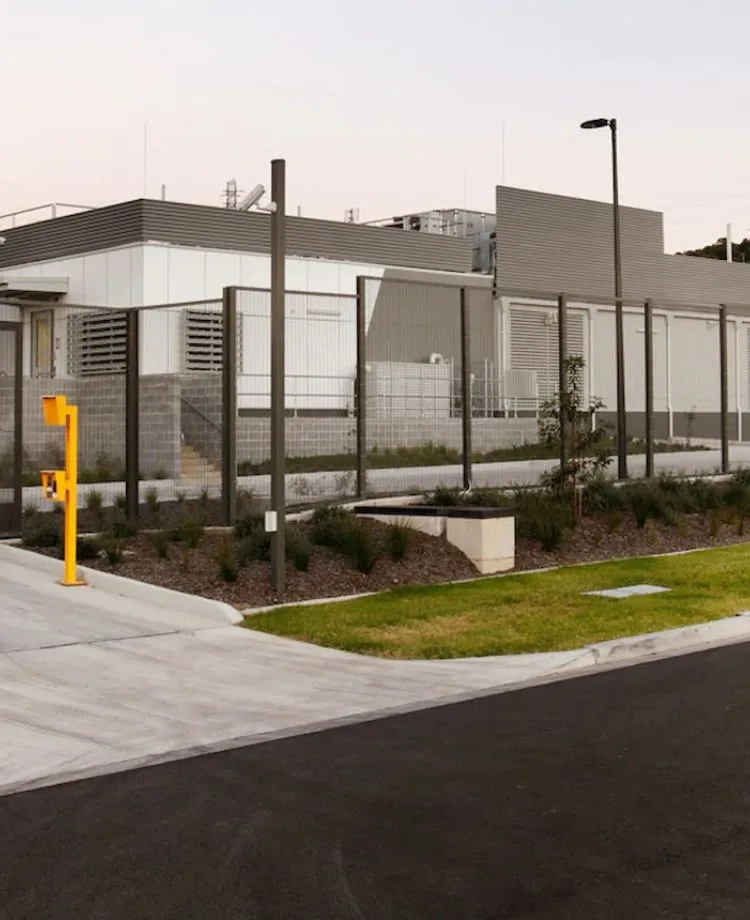If you’re looking for a natural way to achieve youthful, radiant skin, microneedling Aurora has become one of the most sought-after treatments for skin rejuvenation. This minimally invasive procedure uses fine, sterile needles to create tiny micro-injuries on the skin’s surface, triggering the body’s natural healing process. As a result, it boosts collagen and elastin production—two key proteins responsible for maintaining firm, smooth, and youthful-looking skin. With its growing popularity for anti-aging and overall skin renewal, microneedling is quickly becoming a go-to solution for those seeking brighter, healthier skin without the downtime of more aggressive treatments.
Table of Contents
ToggleWhat Is Microneedling?

Also Known as Collagen Induction Therapy
Microneedling is often referred to as collagen induction therapy because its primary goal is to stimulate collagen production. As we age, our skin naturally produces less collagen, leading to fine lines, wrinkles, and a loss of elasticity. By creating controlled micro-injuries, microneedling essentially “tricks” the skin into repairing itself, which results in a plumper, healthier, and more even-toned complexion over time.
How the Process Works
During a professional microneedling session, a trained specialist uses a pen-like device or roller fitted with tiny, ultra-thin needles. These needles puncture the outermost layer of the skin at a controlled depth to stimulate the deeper layers without causing significant damage. The micro-channels created not only boost collagen production but also allow serums, growth factors, or hyaluronic acid to penetrate more effectively, enhancing the overall results of the treatment.
Professional vs. At-Home Microneedling
While there are at-home microneedling rollers (often called derma rollers) available, professional treatments deliver far superior and safer results. Licensed providers use medical-grade devices with adjustable needle depths that can penetrate deeper layers of the skin for more noticeable improvements. At-home rollers typically have shorter needles and may only provide minimal benefits, and improper use can increase the risk of irritation or infection. For optimal skin rejuvenation and to avoid complications, it’s highly recommended to choose a certified professional, such as a licensed aesthetician or dermatologist, especially for concerns like acne scars, enlarged pores, or deep wrinkles.
How Microneedling Stimulates Collagen Production
One of the biggest reasons microneedling has become such a popular anti-aging and skin-rejuvenation treatment is its remarkable ability to boost collagen production naturally. Collagen is the protein that keeps your skin firm, elastic, and youthful—but as we age, our collagen levels steadily decline, leading to sagging skin, fine lines, and uneven texture. Microneedling works by creating tiny, controlled micro-injuries on the skin’s surface, which awaken the body’s natural healing response and encourage it to generate fresh collagen and elastin from within.
Controlled Micro-Injuries Trigger Natural Healing
During a microneedling session, ultra-fine needles create precisely measured punctures in the top layer of the skin. While these micro-injuries are too small to cause visible damage, they are enough to signal the body to begin its natural repair process. This triggers a cascade of wound-healing responses, including the release of growth factors—special proteins that activate the production of new collagen and elastin fibers. Over the following days and weeks, your skin begins to remodel itself from the inside out, becoming stronger, smoother, and more resilient.
Growth Factors and Collagen Induction
The micro-injuries stimulate the release of platelet-derived growth factors and cytokines, which act like messengers, telling the skin to produce fresh structural proteins. These proteins—primarily collagen and elastin—are the building blocks of healthy, youthful skin. By replenishing these essential components, microneedling restores the skin’s ability to stay firm and plump while also repairing damage caused by aging, sun exposure, or acne scars.
Increased Collagen = Firmer, Smoother Skin
As new collagen forms, the skin gradually becomes firmer, tighter, and more elastic. This enhanced structural support smooths out fine lines and wrinkles, minimizes the appearance of enlarged pores, and improves overall texture. With each treatment, the skin continues to strengthen, revealing a fresher, more radiant complexion over time.
Long-Term Benefits of Collagen Stimulation
The benefits of microneedling are not just immediate—they continue to develop for several months after treatment. As collagen production ramps up, you’ll notice progressive improvements in skin tone and elasticity. Fine lines soften, acne scars fade, and uneven texture smooths out, making microneedling one of the most effective non-surgical options for long-term skin rejuvenation.
Skin Rejuvenation Benefits of Microneedling
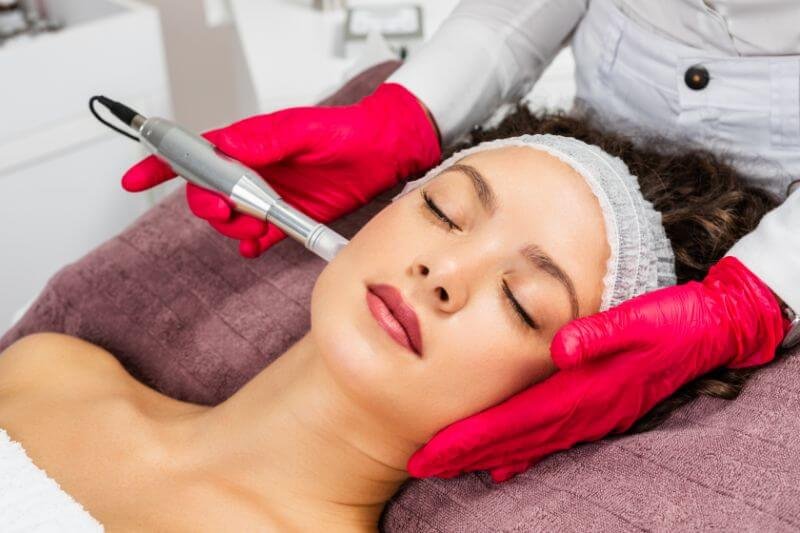
Improves Skin Tone and Texture
One of the most noticeable effects of microneedling is its ability to refine skin tone and smooth texture. The controlled micro-injuries created during the treatment stimulate cell turnover, shedding dull and damaged surface layers. This process helps reduce rough patches, uneven areas, and enlarged pores, leaving your skin softer, clearer, and more luminous. Over time, the new collagen and elastin fibers support a firmer and more even surface, giving your skin a naturally youthful appearance.
Fades Acne Scars and Hyperpigmentation
Microneedling is widely recognized as an effective solution for acne scars, dark spots, and sun damage. The treatment breaks down old scar tissue while promoting the growth of fresh, healthy skin cells. This helps to smooth out pitted acne scars and gradually fade hyperpigmentation or discoloration, encouraging a more balanced, even skin tone. For individuals struggling with post-inflammatory marks or stubborn pigmentation, microneedling can provide significant, long-lasting improvements.
Boosts Skincare Absorption
Another unique advantage of microneedling is its ability to enhance the penetration of serums and active ingredients. The tiny micro-channels created during the procedure act like pathways, allowing nutrient-rich skincare products—such as hyaluronic acid, vitamin C, or growth factor serums—to penetrate deeper into the skin. This maximizes the effectiveness of these products, helping them deliver hydration, antioxidants, and brightening agents where they’re needed most for superior rejuvenation results.
Additional Benefits for Overall Skin Health
Beyond targeting specific concerns, microneedling improves overall skin vitality and resilience. It helps strengthen the skin barrier, enhances elasticity, and supports long-term hydration retention, making your skin more resistant to environmental stressors like pollution and UV damage.
What to Expect During a Microneedling Treatment
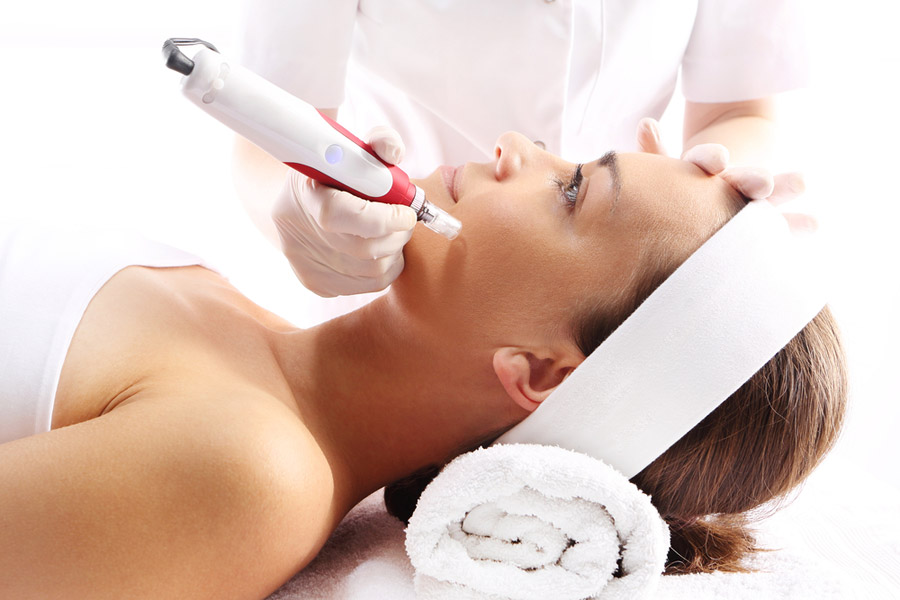
Skin Cleansing and Preparation
Your treatment begins with a thorough cleansing of the skin to remove makeup, dirt, and excess oil. This ensures that the skin is clean and free of impurities, allowing the microneedling device to glide smoothly and prevent any risk of infection. Your provider may also apply a gentle exfoliant or antiseptic solution to further prep the skin for treatment.
Application of Numbing Cream
To minimize any discomfort, a topical numbing cream is applied to the treatment area. This cream typically takes about 20–30 minutes to take full effect, ensuring that you remain comfortable throughout the session. Most patients describe the sensation of microneedling as a slight vibration or tingling rather than pain.
The Microneedling Process
Once your skin is numb, the provider will use a microneedling pen or roller equipped with ultra-fine needles to create controlled micro-injuries across the skin’s surface. The device is gently moved over the treatment area in a systematic pattern to ensure even coverage. Depending on your specific needs, the provider can adjust the needle depth to target different skin concerns, such as fine lines, acne scars, or enlarged pores. The procedure itself usually takes 20–40 minutes, depending on the size of the area being treated.
Soothing Serums and Aftercare
After microneedling, your provider may apply hydrating serums, hyaluronic acid, or growth factors to nourish the skin and enhance healing. Because the micro-channels remain open for a short period, these products penetrate deeper than usual, amplifying their benefits. Your skin may feel warm or tight immediately after the session, similar to a mild sunburn.
Treatment Time and Frequency
A typical microneedling appointment—including preparation, numbing, and treatment—lasts about 60–90 minutes. For best results, most patients need a series of 3 to 6 sessions spaced 4–6 weeks apart, depending on their skin concerns and goals. Maintenance treatments every 6–12 months help preserve the results and keep collagen production active.
Possible Side Effects
Microneedling is generally well-tolerated, but mild side effects are normal and temporary. You may experience slight redness, swelling, or sensitivity for the first 24–48 hours after treatment. Some people also notice minimal pinpoint bleeding or light flaking as the skin heals and renews itself. These effects typically subside quickly, and you can usually return to normal activities within a day.
Aftercare Tips for Optimal Collagen Boost
Proper aftercare is essential to maximize the collagen-boosting benefits of microneedling and ensure your skin heals quickly and effectively. Following a gentle, protective skincare routine will not only enhance results but also prevent irritation or complications. Here’s how to care for your skin in the crucial days following your treatment.
Use Gentle Skincare Products and Keep Skin Hydrated
In the first few days after microneedling, your skin will be more sensitive than usual, so it’s important to stick to a simple, gentle skincare routine. Use a mild, fragrance-free cleanser and avoid harsh exfoliants, acids, or retinoids. Keeping your skin well hydrated is key to supporting the healing process and boosting collagen production. Apply a lightweight moisturizer or hyaluronic acid serum to lock in moisture and help your skin recover faster.
Apply SPF Daily to Protect Healing Skin
After microneedling, your skin is more vulnerable to UV damage, which can interfere with the healing process and lead to hyperpigmentation. Apply a broad-spectrum sunscreen with at least SPF 30 every morning, even on cloudy days or when staying indoors near windows. Opt for a mineral-based sunscreen (containing zinc oxide or titanium dioxide) as it’s less likely to cause irritation on freshly treated skin.
Avoid Makeup, Harsh Products, or Sun Exposure for 24–48 Hours
To allow your skin to heal properly, avoid wearing makeup, using strong skincare ingredients, or exposing your skin to direct sunlight for the first 24–48 hours. Sweating from intense workouts, hot showers, or saunas should also be avoided, as these can irritate the micro-channels created during treatment. After this initial recovery period, you can gradually reintroduce your normal skincare products, starting with gentle, non-active formulas.
Support Long-Term Results
Microneedling stimulates collagen over time, so maintaining healthy skin habits is crucial. Continue to use hydrating serums, antioxidant-rich products, and daily SPF to protect your investment. Regular professional treatments—paired with consistent aftercare—help sustain collagen production and keep your skin looking smooth, firm, and radiant.
Who Is a Good Candidate for Microneedling?
One of the reasons microneedling has gained such widespread popularity is its ability to address a variety of skin concerns while being safe for most skin types and tones. Whether you’re looking to reduce fine lines, fade scars, or simply refresh dull skin, microneedling offers a versatile solution for people seeking natural skin rejuvenation.
Suitable for Most Skin Types and Concerns
Microneedling is ideal for individuals experiencing:
-
Early signs of aging, such as fine lines, wrinkles, and loss of firmness
-
Acne scars or other types of facial scarring
-
Uneven skin tone and texture, including enlarged pores or rough patches
-
Sun damage and hyperpigmentation, such as dark spots or melasma
-
Overall skin dullness or loss of radiance
Unlike many laser treatments, microneedling is safe for all skin tones, including deeper complexions, because it doesn’t use heat or light that could trigger pigmentation issues. This makes it a go-to treatment for people who may not be suitable candidates for other resurfacing procedures.
Precautions and Who Should Avoid Microneedling
While microneedling is generally safe, there are certain conditions where caution is needed or the procedure should be postponed:
-
Active acne breakouts or open wounds, as microneedling can spread bacteria and worsen infection
-
Skin infections or cold sores, which could be aggravated by the treatment
-
Chronic skin conditions, such as eczema, rosacea, or psoriasis, unless approved by a dermatologist
-
Recent use of Accutane (isotretinoin) or other strong acne medications, which can make the skin more fragile
-
Pregnancy or breastfeeding, where it’s best to consult a healthcare provider before undergoing treatment
Your provider will conduct a thorough skin assessment during your consultation to determine whether microneedling is appropriate for your skin type, concerns, and overall health.
Microneedling vs. Other Skin Rejuvenation Treatments
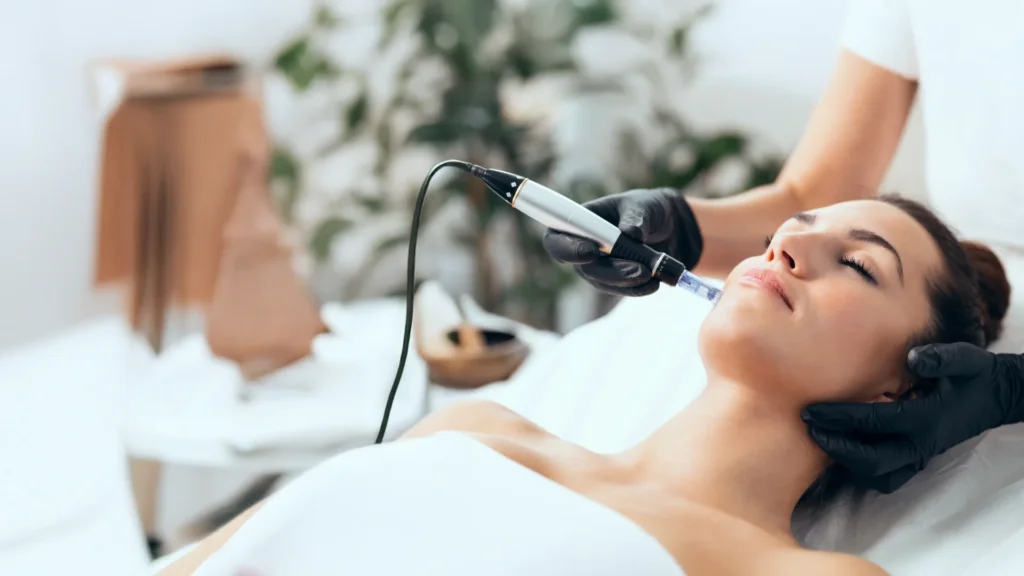
Microneedling vs. Chemical Peels
Chemical peels use acidic solutions (such as glycolic or salicylic acid) to remove damaged outer layers of skin. They can effectively treat hyperpigmentation, fine lines, and uneven texture, but stronger peels often require downtime and strict aftercare, and may not be suitable for sensitive or darker skin.
-
Microneedling Advantage: Instead of chemically exfoliating the skin, microneedling stimulates natural healing from within, making it gentler and more customizable. It also carries a lower risk of post-inflammatory hyperpigmentation, making it ideal for individuals with medium to dark skin tones.
Microneedling vs. Laser Resurfacing
Laser treatments use targeted light energy to resurface the skin, reducing wrinkles, scars, and pigmentation. While highly effective, lasers can involve significant recovery time, potential discomfort, and higher costs. They also carry a greater risk of pigmentation changes in darker skin tones because of the heat they generate.
-
Microneedling Advantage: Microneedling achieves similar collagen-stimulating benefits without heat, making it safer for deeper skin tones and those prone to hyperpigmentation. Downtime is also typically much shorter, with most people recovering within 24–48 hours.
Microneedling vs. Dermaplaning
Dermaplaning is a mechanical exfoliation technique that removes dead skin cells and fine vellus hair (peach fuzz) using a sterile surgical blade. It provides instant smoothness and allows for better makeup application, but it doesn’t reach the deeper layers of the skin or stimulate collagen production.
-
Microneedling Advantage: While dermaplaning is great for surface-level brightening, microneedling works at a cellular level, triggering the production of collagen and elastin for long-term structural improvements.
Why Microneedling Is Safer for Darker Skin Tones
One of microneedling’s biggest advantages is its safety profile for all skin colors, including deeper complexions that are often more prone to hyperpigmentation after treatments like lasers or strong chemical peels. Because microneedling doesn’t rely on heat or aggressive chemicals, it carries a lower risk of pigmentation issues, making it a preferred choice for patients of color seeking effective rejuvenation without unwanted side effects.
Potential Side Effects and Safety Precautions
Microneedling is a safe and minimally invasive treatment, but like any cosmetic procedure, it can cause temporary side effects and requires proper precautions to ensure optimal results. Knowing what to expect and choosing a qualified provider are key to minimizing risks and achieving smooth, healthy skin.
Common and Temporary Side Effects
Most side effects of microneedling are mild and short-lived, typically resolving within 24–48 hours after treatment. These may include:
-
Redness and slight swelling similar to a mild sunburn
-
Skin sensitivity or tightness for the first day or two
-
Minor pinpoint bleeding during the procedure (especially with deeper treatments)
-
Light flaking or peeling as the skin renews itself over the following days
These reactions are part of the skin’s natural healing process and usually subside quickly, revealing a smoother, brighter complexion as new collagen forms.
Rare but Possible Risks
Although uncommon, improper technique or inadequate aftercare can lead to complications such as:
-
Infection if the skin is not properly cleansed or sterilized
-
Hyperpigmentation in rare cases, especially if the skin is exposed to the sun too soon
-
Scarring or irritation if microneedling is performed too aggressively or on unsuitable skin conditions
These risks are significantly reduced when treatments are performed by a trained professional and when proper aftercare (hydration, SPF, and avoiding harsh products) is followed.
Importance of a Certified Professional
The most crucial factor for a safe microneedling experience is selecting a certified dermatologist or licensed aesthetician. Professional providers use medical-grade devices and follow strict sterilization protocols, ensuring controlled needle depth and technique tailored to your skin type and concerns. This minimizes the chance of infection, uneven results, or damage that can occur with at-home rollers or untrained technicians.
Conclusion
Microneedling is a powerful yet minimally invasive treatment that works with your body’s natural healing process to rejuvenate the skin from within. By creating controlled micro-injuries, it stimulates the production of collagen and elastin, two vital proteins that keep the skin firm, smooth, and youthful. Over time, this boost in collagen helps soften fine lines, fade scars, improve texture, and restore a healthy, radiant glow—all without the downtime or risks associated with more aggressive procedures. For the best and safest results, it’s essential to consult a licensed dermatologist or certified aesthetician who can evaluate your unique skin concerns and create a personalized treatment plan. Whether you’re looking to reduce signs of aging, minimize acne scars, or simply refresh your complexion, professional microneedling offers a proven way to achieve long-lasting skin rejuvenation and a naturally youthful appearance.
FAQs
1. How long does it take to see results from microneedling?
Most people begin to notice improvements within 2 to 4 weeks after their first session, as new collagen starts to form and the skin begins to heal. For optimal results—especially for concerns like acne scars or deep wrinkles—a series of 3 to 6 treatments spaced 4–6 weeks apart is typically recommended.
2. Is microneedling painful?
Microneedling is generally not painful when performed by a professional. A topical numbing cream is applied before treatment to minimize discomfort, so most patients describe the sensation as a slight tingling or vibration rather than pain.
3. How many microneedling sessions do I need for best results?
The number of sessions depends on your skin type, concerns, and desired outcome. Mild issues like uneven texture may require only 3 sessions, while deeper scars, stretch marks, or advanced aging signs may need 6 or more treatments for maximum improvement.
4. Can microneedling help with acne scars and dark spots?
Yes. Microneedling is highly effective for reducing acne scars, hyperpigmentation, and sun damage. The treatment breaks down old scar tissue and encourages new skin cell growth, gradually improving texture and evening out skin tone over multiple sessions.
5. Is microneedling safe for all skin types?
Microneedling is safe for all skin tones, including darker complexions, because it doesn’t use heat or light that can trigger pigmentation issues. However, individuals with active acne, infections, eczema, or open wounds should avoid treatment until their skin has healed. Always consult a licensed professional to ensure the procedure is right for you.
